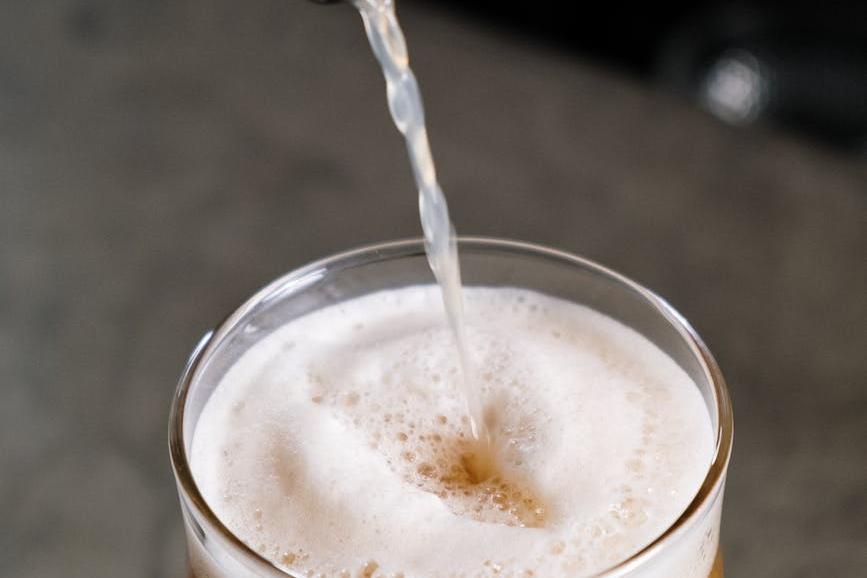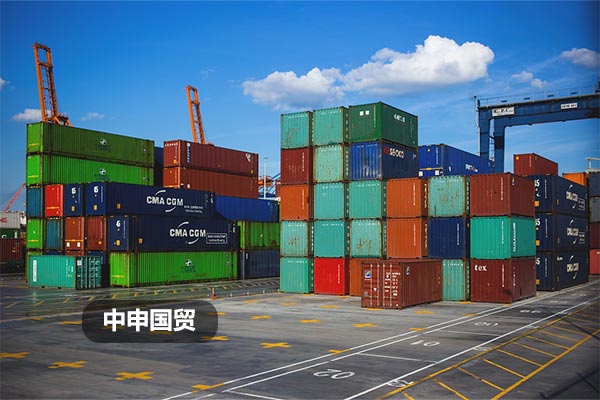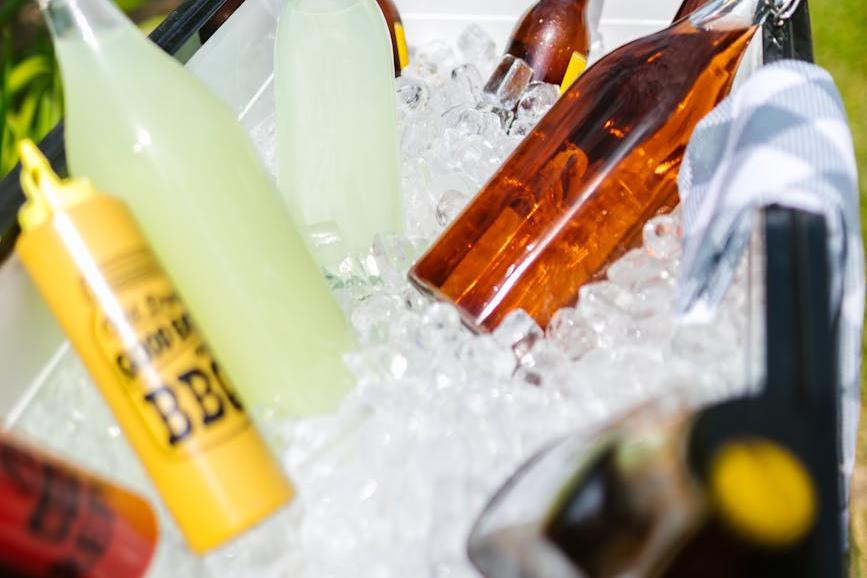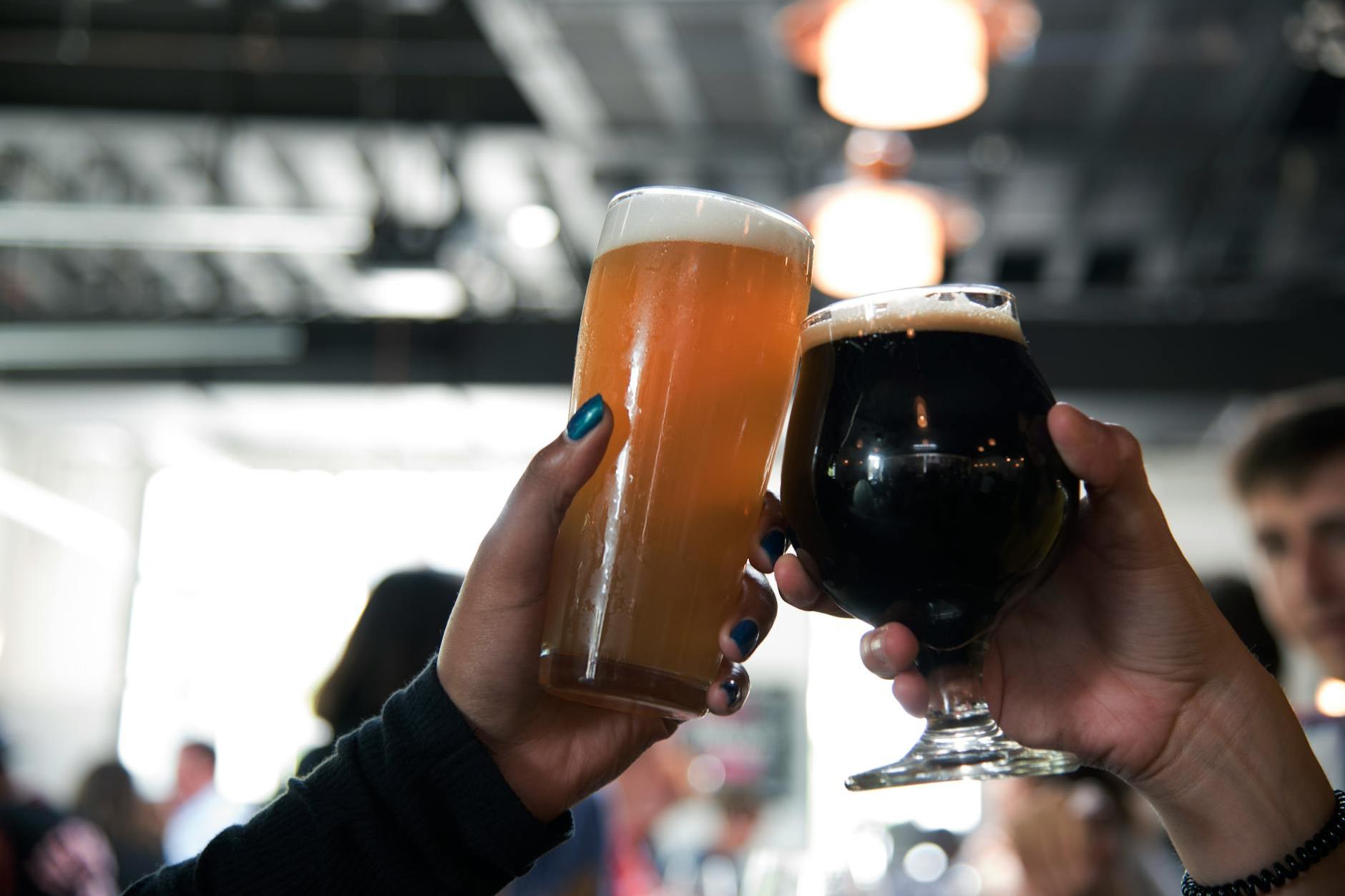- Shanghai Zhongshen International Trade Co., Ltd. - Two decades of trade agency expertise.
- Service Hotline: 139 1787 2118
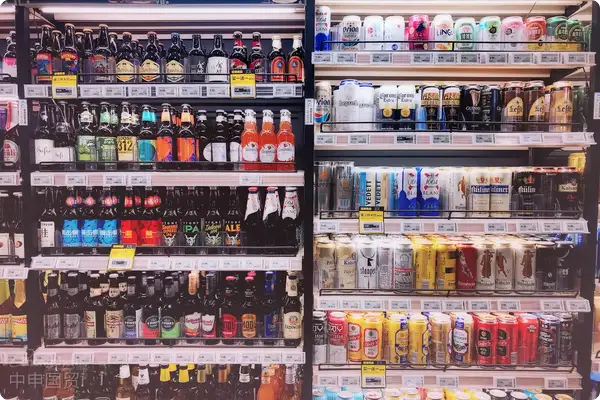
The Overlooked Import Code: The "Identity Authentication" of Japanese Beer
Last year, a certain importer failed to understandJapanese JAS Certification Standards, resulting in a full container of Hokkaido craft beer being stranded at the port for 42 days. This case reveals that importing Japanese beer first requires deciphering its unique "identity system."
- Three elements of certification:
- It is recommended to verify through the following methods:The instructions must include the method of cultivating the fermentation starter.
- Brewing Water Source Testing Report
- Fermentation Process Flow Chart (New Requirements Effective from 2025)
- Five Taboos in Label Translation:
- "Do not directly translate '大吟釀' as 'Daiginjo'."
- Prohibit labeling with terms related to "therapeutic effects."
- The alcohol content must be labeled in dual units (%vol and proof).
The Enigma of Product Selection: The Beer Code of Kanto vs. Kansai
The head of a century-old sake brewery in Osaka once showed me theirFlavor Map Database, revealing the suitable markets for beer in different regions:
| Origin characteristics | Representative categories | Target audience |
|---|---|---|
| Hokkaido Hard Water | Heavy Malt Beer | Craft beer enthusiast |
| Kyushu Soft Water | Fruit-flavored beer | Female consumer group |
| Snowmelt from Mount Fuji | Seasonal Limited Edition | High-end gift market |
Logistics Pitfalls: The Stumbles We've Taken Over the Years
The cost of cold chain transportation accounts for approximately 18-23% of the total import costs, yet many companies overlook it.Three-stage temperature controlThe importance of:
- The temperature of the wine must remain stable at 5-7°C during container loading.
- Maritime TransportationMaintain at 0-2°C during the stage.
- Complete temperature-controlled warehouse transfer within 24 hours after arrival.
A Senior Agent's Guide to Avoiding Pitfalls
- Misunderstandings in Tariff Calculation:
- The tax rate difference between craft beer and industrial beer reaches 8%.
- Bottle decorations may trigger additional taxes.
- The shelf-life dilemma:
- The transportation time must be <1/3 of the shelf life.
- Fermented beer requires a 2-month maturation period to be reserved.
Three Key Questions for Partnering with Japanese Sake Breweries
When evaluating suppliers, you might as well ask directly:
- new guarantee plans, etc.Brewing Water Annual Inspection Report?
- Whether possessingSmall-batch custom filling capability?
- How to handleSudden raw material shortage?
Twenty years of industry observation have revealed that successful importers all masterThree-Point Balance Technique: Finding a compliant path between traditional craftsmanship and modern standards, building bridges across cultural differences and commercial demands, ultimately ensuring that every bottle of beer crossing the ocean perfectly recreates the flavor promise made under the cherry blossoms.
Related Recommendations
? 2025. All Rights Reserved. Shanghai ICP No. 2023007705-2  PSB Record: Shanghai No.31011502009912
PSB Record: Shanghai No.31011502009912
